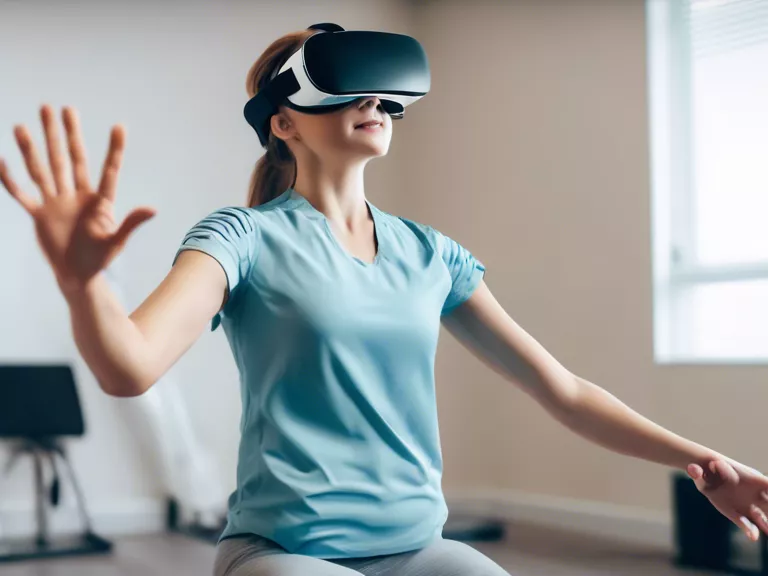
With the advancement of technology, artificial intelligence (AI) and virtual reality (VR) have revolutionized various industries, including healthcare. One particular area where AI-powered virtual reality is making a significant impact is in physical therapy. This innovative combination is changing the way patients recover from injuries and improve their overall well-being.
Using AI algorithms, virtual reality simulations can be tailored to each patient's specific needs, making therapy sessions more personalized and effective. These simulations can mimic real-life scenarios, allowing patients to practice movements and exercises in a safe and controlled environment. This immersive experience not only motivates patients but also helps them regain mobility and strength faster.
Moreover, AI-powered virtual reality can track and analyze patients' progress in real-time, providing valuable data to therapists. This data allows therapists to adjust treatment plans accordingly and monitor the effectiveness of different exercises. By having access to this information, therapists can optimize the rehabilitation process and ensure better outcomes for their patients.
Additionally, virtual reality can help patients manage pain and discomfort during their therapy sessions. By distracting them with engaging VR experiences, patients can focus less on their pain and more on completing their exercises. This distraction technique has been shown to reduce perceived pain levels and improve patient compliance with their treatment plans.
Overall, AI-powered virtual reality is transforming the field of physical therapy by offering personalized and engaging rehabilitation experiences for patients. As this technology continues to advance, therapists can expect to see even more improvements in patient outcomes and overall recovery rates. The future of physical therapy is looking brighter than ever, thanks to the power of AI and virtual reality.



